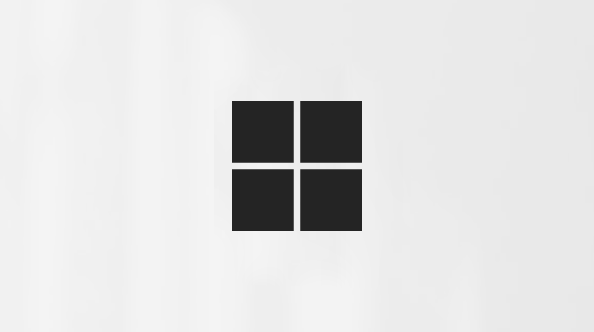October 28, 2025—KB5067112 (OS Build 22621.6133) Preview
Applies To
Release Date:
28/10/2025
Version:
OS Build 22621.6133
This non-security update for Windows 11, version 23H2 (KB5067112), improves functionality, performance, and reliability. To learn more about differences between security updates, optional non-security preview updates, Out-of-band (OOB) updates, and continuous innovation, see Windows monthly updates explained. For information on Windows update terminology, see the different types of Windows software updates.
To view the latest updates about this release, visit the Windows release health dashboard or the update history page for Windows 11, version 23H2.
Announcements and messages
This section provides key notifications related to this release, including announcements, change logs, and end-of-support notices.
Windows Secure Boot certificate expiration
Important: Secure Boot certificates used by most Windows devices are set to expire starting in June 2026. This might affect the ability of certain personal and business devices to boot securely if not updated in time. To avoid disruption, we recommend reviewing the guidance and taking action to update certificates in advance. For details and preparation steps, see Windows Secure Boot certificate expiration and CA updates.
End of servicing
Starting June 26, 2025, Windows 11 version 22H2 (Enterprise and Education editions) will no longer receive non-security preview updates. However, monthly security updates will continue through October 14, 2025. After that date, this version will reach the end of servicing and will no longer receive security updates. To stay protected and up to date, we recommend you upgrade to the latest version of Windows 11.
Highlights
-
This non-security update includes quality improvements.
Improvements
Important: Use EKB KB5027397 to update to Windows 11, version 23H2.
This non-security update includes quality improvements. The following summary outlines key issues addressed by the KB after you install it. Also, included are available new features. The bold text within the brackets indicates the item or area of the change.
-
[Input] Fixed: This update addresses an issue where the touch keyboard does not enter characters into text fields after the device wakes from sleep. Although touch keyboard animations appear correctly, key presses do not register—for example, when entering a password on the sign-in screen.
-
[Networking] Fixed: An issue where external virtual switches lose their physical network interface card (NIC) bindings and convert to internal switches when the host restarts, resulting in network connectivity loss. The issue was caused by incorrect detection of orphaned virtual switch objects during Host Network Service startup.
-
[Shell] This update enables the Personalized Offers feature during device setup in the Out-of-Box Experience (OOBE), and in Settings after the user reaches the desktop.
-
[Storage] Fixed: This update addresses an issue that affects disk communication and causes connectivity errors during Azure Stack Hub or Azure Local cluster upgrades.
If you installed earlier updates, your device downloads and installs only the new updates contained in this package.
Windows 11 servicing stack update (KB5068070) - 22621.6120
This update makes quality improvements to the servicing stack, which is the component that installs Windows updates. Servicing stack updates (SSU) ensure that you have a robust and reliable servicing stack so that your devices can receive and install Microsoft updates. To learn more about SSUs, see Simplifying on-premises deployment of servicing stack updates.
Known issues in this update
Microsoft is not currently aware of any issues with this udpate.
How to get this update
Before you install this update
Microsoft combines the latest servicing stack update (SSU) for your operating system with the latest cumulative update (LCU). For general information about SSUs, see Servicing stack updates and Servicing Stack Updates (SSU): Frequently Asked Questions.
Install this update
To install this update, use one of the following Windows and Microsoft release channels.
|
Available |
Next Step |
|
|
Go to Settings > Update & Security > Windows Update. In the Optional updates available area, you'll find the link to download and install the update. |
|
Available |
Next Step |
|
|
The next security update to Windows Update for Business will include these changes. |
|
Available |
Next Step |
|
|
To get the standalone package for this update, go to the Microsoft Update Catalog. |
|
Available |
Next Step |
|
|
You can import this update into Windows Server Update Services (WSUS) manually. See the Microsoft Update Catalog for instructions. |
If you want to remove the LCU
To remove the LCU after installing the combined SSU and LCU package, use the DISM/Remove-Package command line option with the LCU package name as the argument. You can find the package name by using this command: DISM /online /get-packages.
Running Windows Update Standalone Installer (wusa.exe) with the /uninstall switch on the combined package will not work because the combined package contains the SSU. You cannot remove the SSU from the system after installation.
File information
For a list of the files provided in this update, download the file information for cumulative update 5067112.
For a list of the files provided in the servicing stack update, download the file information for the SSU (KB5068070) - versions 22621.6120.












